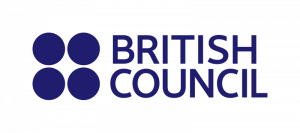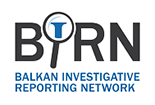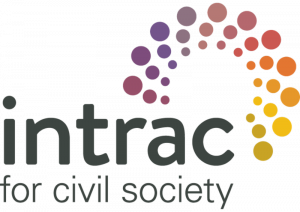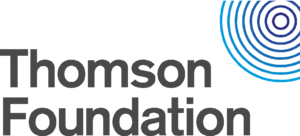With the advent of digital tools, visualizing data and creating immersive experiences for your stories has never been easier. Journalists no longer need to have coding experience, or a strong IT department at their disposal to produce interactive online stories and stunning data visualizations. Journalists today can take matters in their own hands and with the help of many available digital tools they can start getting creative.
Choosing the right tool for the right job can be a bit daunting and navigating through the available online tools can be a challenge. Therefore, this quick list presents 5 useful tools which you can use in your every day’s work to help you visualize data, create interactive elements, and present your stories in a more engaging way.
All the tools listed below are free to use, with some of them having “PRO” options, but using just the basic options on most of them is more than enough to get you started and decide what works best for you, and for what task.
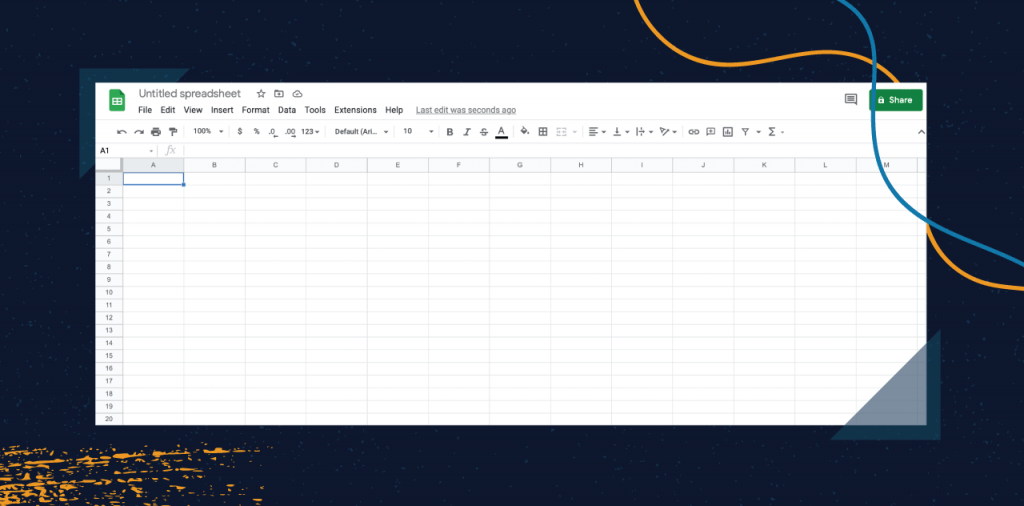
This might seem like a bit of a strange choice, but spreadsheets are your friend when it comes to handling data! In my experience, journalism students I work with want to stay away from “math” and numbers as much as possible, and doing something in spreadsheets seems like a chore but sooner or later they realize the endless possibilities of a basic spreadsheet. Whether you have a simple table with few values, or tons of data, spreadsheets will help you to organize, clean and analyze data which is an important first step in data journalism and a first step towards great visualizations. Digesting the numbers and making sense of them, sorting them, and making simple manipulations to identify trends which are newsworthy is a valuable skill to have in any newsroom.
Most of you already have some experience with spreadsheets in programs such as Excel, and Google Sheets is an online iteration of the same idea, meaning you can access it from any computer connected to the internet and a Google account.
As you will see in this guide, spreadsheets are really in the background of almost all tools for visualizing data and even interactive stories. And to really start creating engaging visual stories, mastering the basics of a spreadsheet is a simple first step.
Pros:
- Free
- Powerful tool for manipulating data
Cons:
- Built-in data visualizations are a bit boring
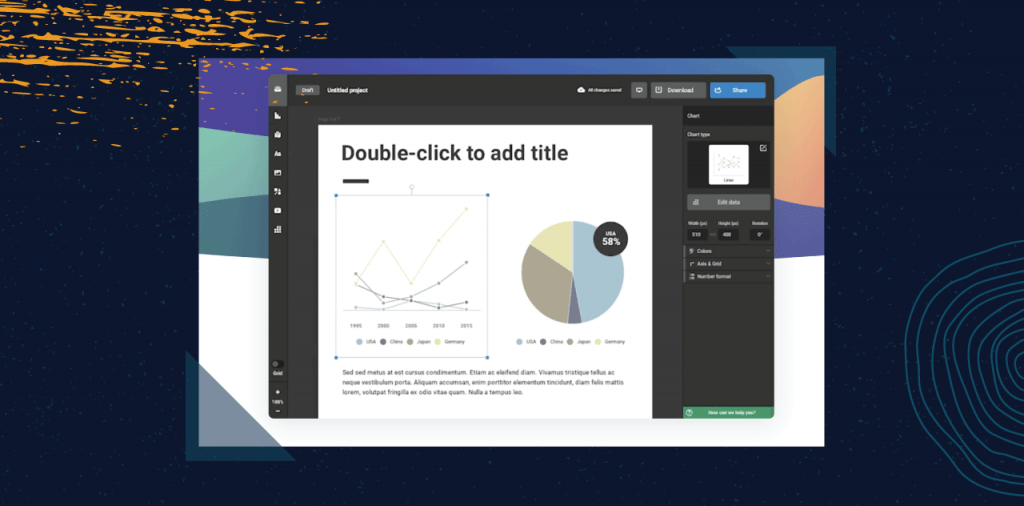
Infogram is a tool for creating both infographics and data visualizations. If you want to create an interesting graphic overview, explain a certain complex process, or even just enrich your story with simple pie charts and graphs this is the tool to use.
It is very much a straightforward tool with lots of options and stock graphics you can use for your stories. Its free version provides more than enough options and a storage for 10 infographics. Graph options come pre-animated and have a few themes that you can start with.
If you need graphs for your story, you will realize that you must input the data via built-in spreadsheet which provide valuable info on how to format your numbers in order to display them properly. You can really let your creativity run with this tool and create some creative dashboards and infographics.
Pros:
- Straightforward and simple to use
- Good library of assets you can use for your visualizations
- Templates and Color schemes
Cons:
- Limited options in free version
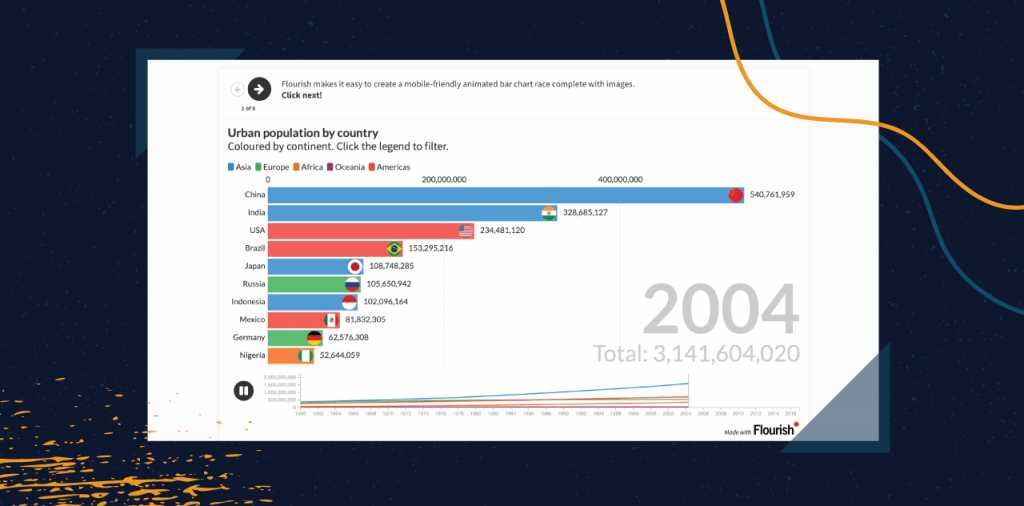
Flourish has become one of my favorite go-to tools for data visualizations. It has a very elegant, clean, and simple look and feel to it. But make no mistake, Flourish is a powerful tool which can seem a bit complex before you put your hands to it. But it can really be almost anything you need for your story – from simple bars and pie-charts to 3d maps, animated bar-chart races, timelines, and photo-sliders.
Almost any task can be achieved in Flourish, and it has great variety of ready to use templates. Every single template comes with pre-built example of that type of visualization which really helps you in figuring out how to modify and adjust the data for your specific project.
You will once again notice that in the background of every template of Flourish is a simple spreadsheet with a side tool where you can easily assign data which matters for your visualization. You can then further customize any of the templates in the preview window to really get the results you want, and even create self-contained stories of your visualizations which can easily be embedded on your website.
Pros:
- Elegant and powerful
- Free
- Lots of templates
- Great for data analysis of large data sets
Cons:
- Can seem complex
- Data-driven
- Editing the visual side is more complex then Infogram
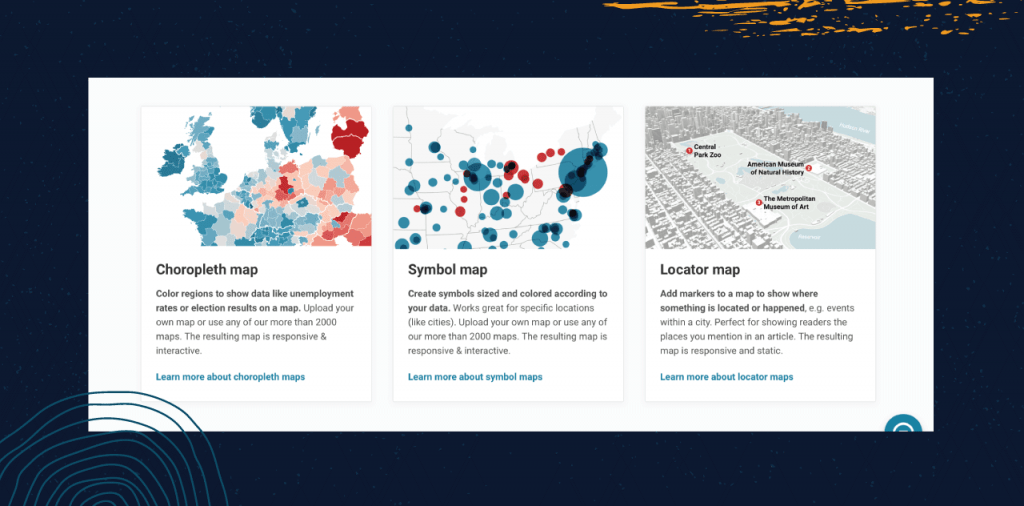
Data Wrapper is a handy tool I use mostly for interactive maps, but you can use it for charts and tables as well. You can choose between 3 types of map visualizations – Symbol, Choropleth and Locator maps. Symbol map works great for specific locations where you can adjust size or color of locations, Choropleth is used when showing variations in different regions such as unemployment rate etc., and Locator map is a 3d map where you can show different locations in a city, each marked with additional data.
The process of creating these maps is straightforward and you have numbered steps where the tool guides you through the process. You first select a map, then add the data, visualize, and finally publish and embed. The range of available maps is very good, and you can easily find countries with counties and regions ready for your data which saves you the time in creating very specific maps.
Pros:
- Great and powerful tool for map visualizations
Cons:
- Workflow can seem counter-intuitive next to similar tools
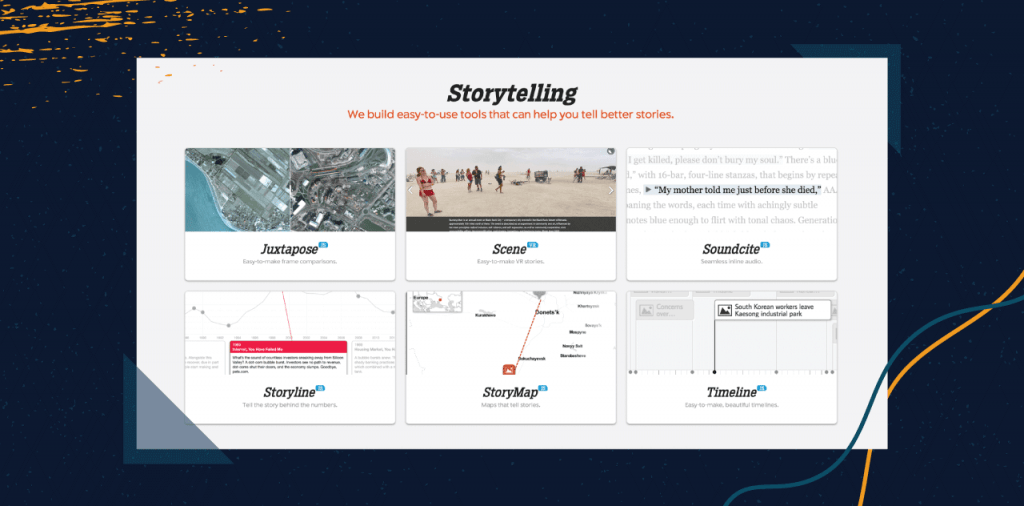
Knightlab.js is a set of innovative and open-source tools created by Northwestern University Knight Lab. Their Storytelling tools such as Storymap.js, Timeline.js have really set a standard in online journalism tools, and how accessible the tools could be for the journalists. Their use is situational and somewhat niche, but I highly recommend you check them out to get inspiration of what is possible in digital journalism and how you can engage audiences with creative and interactive stories.
Each of the tools has a detailed set of instructions for you to follow and start working.
For example, you can insert soundbites directly into the text with Soundcite.js so your text can come to life with atmosphere from the event or strong soundbites from your sources.
Storymaps.js is a tool where you can create interactive maps that puts readers in control of a location driven stories. They can freely explore map with text, images, or video from each location. Similarly, Timeline.js lets you create interactive timelines of events where each event can be embedded with photos, text and video and create immersive timelines which readers can explore at their own pace.
Pros:
- Creative tools with detailed instructions on how to use them
Cons:
- Experimental
- Situational use for some of the tools
This is just a tip of the iceberg of the available online tools that can be used for telling stories and visualizing data. I encourage you to explore and learn new skills because in the ever-changing digital media environment, finding new and innovative way to tell a story, or even just part of the story is essential. Younger audiences need new and approachable ways to interact with news, and grabbing their attention is key. By improving the quality of your stories – thinking about visual part of your data for example or engaging the audience in a more meaningful and interactive way, builds trust in the long run for your media outlet and you as a journalist.























